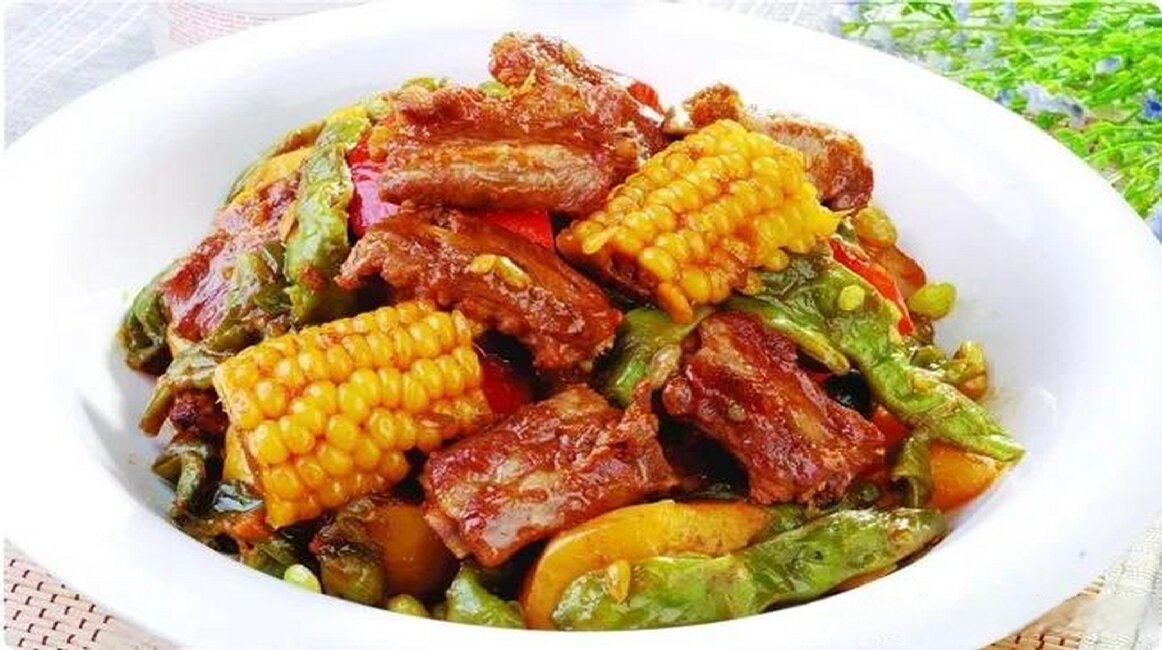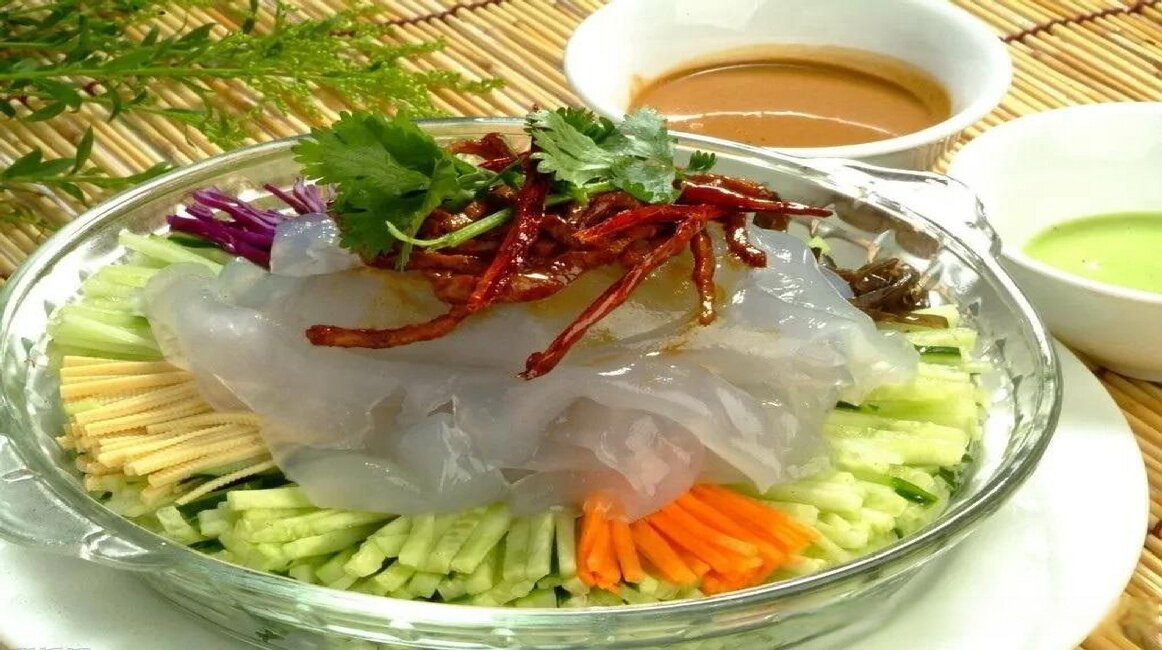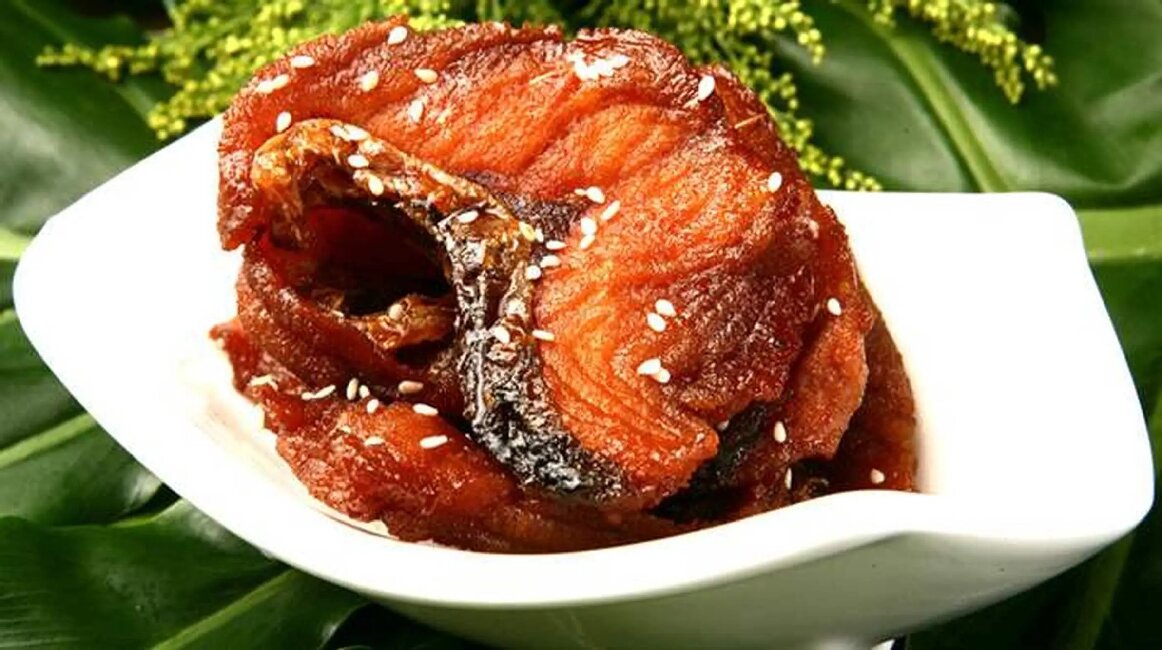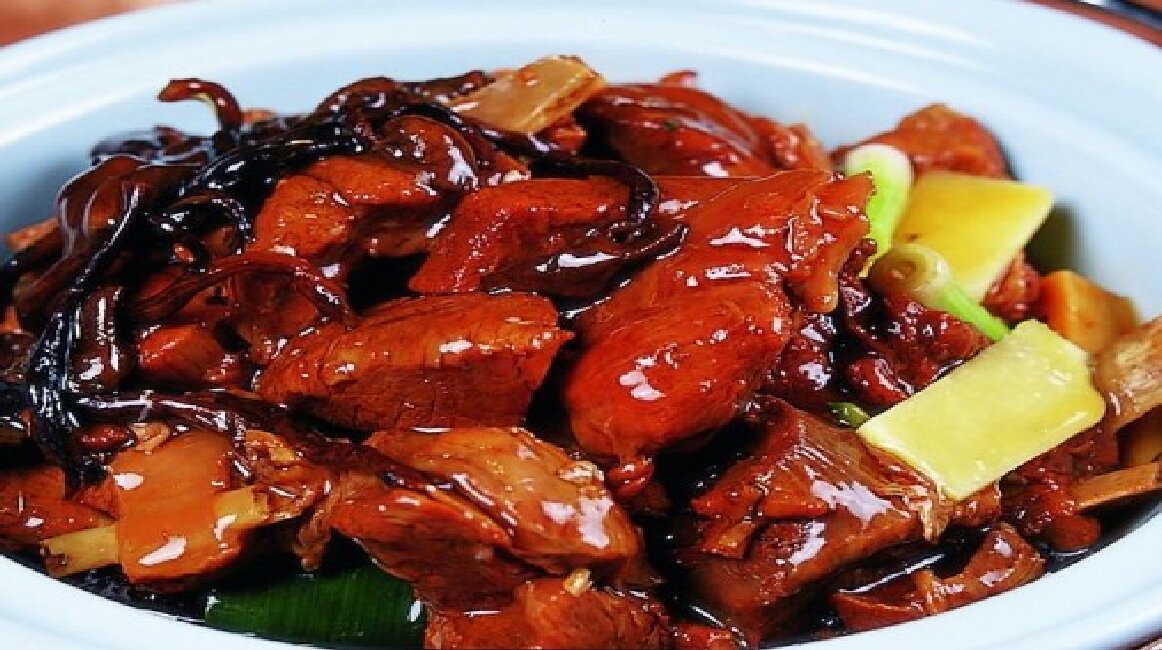Nestled in the northernmost reaches of China, Mohe County is not only famed for its breathtaking auroras and frigid climate but also for its unique culinary offerings that reflect the robust character of this frontier land. The cuisine here is a hearty blend of local ingredients and traditional cooking methods, designed to provide warmth and energy through the long winter months. One cannot talk about Mohe's gastronomy without mentioning the 'Three Treasures of the North' - ginseng, mink, and mushrooms. Ginseng, revered for its medicinal properties, is often used to brew revitalizing soups that are believed to fortify the body against the cold. Mink, though less common, is occasionally featured in luxurious stews. Wild mushrooms, on the other hand, are a staple, adding earthy flavors to a variety of dishes.


The influence of the indigenous Daur and Ewenki peoples is evident in the local food, with dishes like venison stew and smoked fish frequently gracing the tables. These dishes are not only a testament to the subsistence lifestyle that has sustained these communities for generations but also offer a taste of the deep connection between the people and the land. The Russian influence is also palpable, with borscht and rye bread finding their way into the local diet, a nod to the shared history and cultural exchange across the border.
In Mohe, the culinary experience is as much about the ingredients as it is about the way they are prepared. The harsh climate necessitates food that can be preserved for long periods, leading to a prevalence of pickling and smoking techniques. Pickled vegetables, with their tangy and sometimes spicy kick, are a common accompaniment to meals, cutting through the richness of the meat-heavy dishes. Smoked meats, imbued with the aroma of local woods, are a delicacy that encapsulates the essence of the northern wilderness.
One of the most iconic dishes is the 'Frozen Fish,' where freshly caught fish from the Heilongjiang River are left outside to freeze in the natural winter chill before being served thinly sliced with a sprinkle of spices. This method not only preserves the fish but also concentrates its flavors, resulting in a texture and taste that is truly unique to Mohe.


As the day ends and the aurora lights dance across the night sky, locals and visitors alike gather in small, warm eateries to share stories and savor the flavors of Mohe. The food here is more than just sustenance; it is a celebration of resilience, a tribute to the bounty of the land, and an integral part of the cultural tapestry that makes Mohe an unforgettable destination. Whether it's through a simple bowl of hand-pulled noodles or an elaborate feast featuring the 'Three Treasures,' the culinary delights of Mohe offer a warming embrace against the backdrop of the Arctic expanse. It's a cuisine that tells the story of a place where every dish is a testament to survival and enjoyment in equal measure



